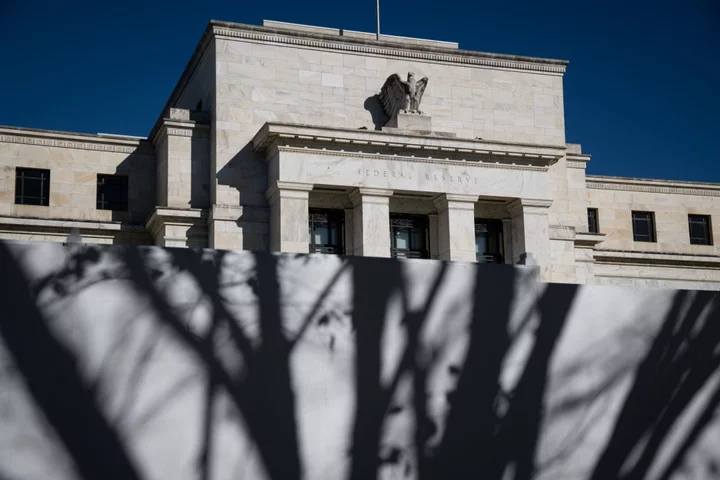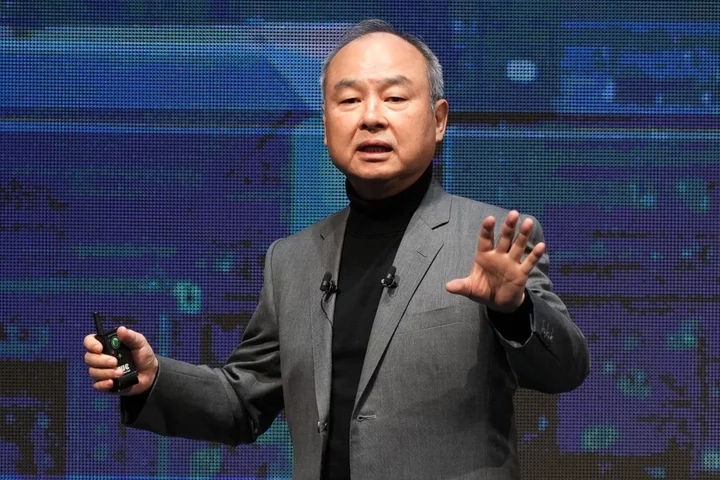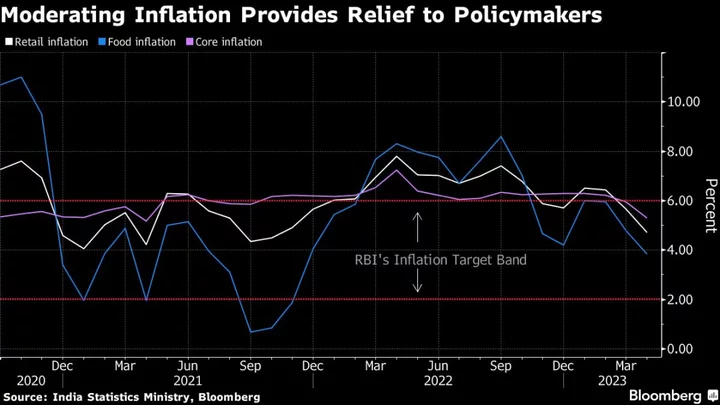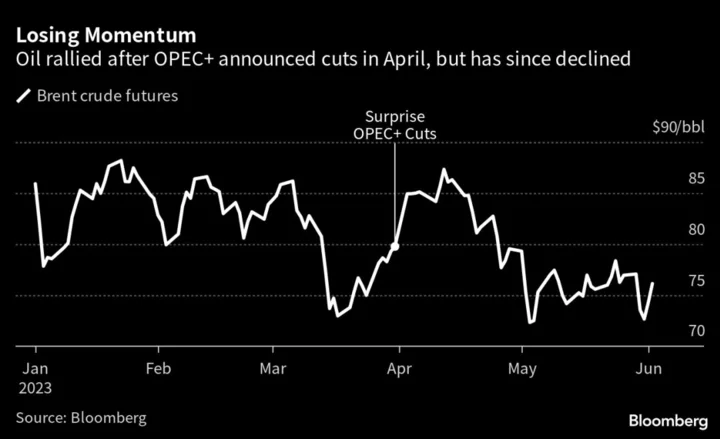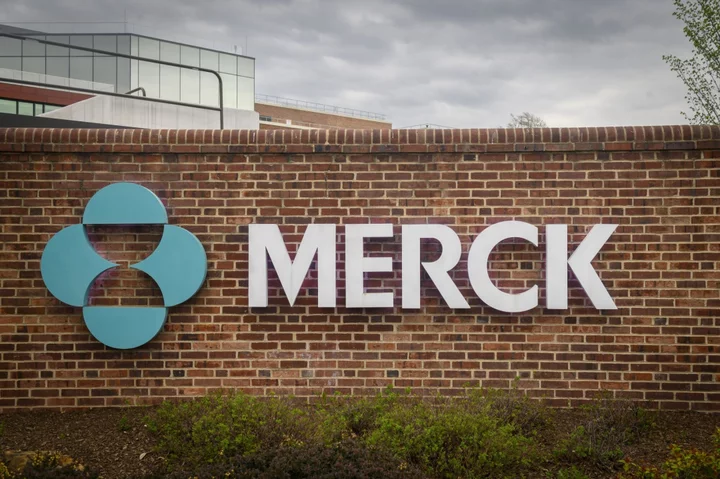The Federal Reserve is most likely halting its interest-rate hikes in June, but a strong easing cycle isn’t in the cards with inflation remaining above the central bank’s target, according to Elaine Stokes at Loomis Sayles.
“We believe that the Fed is going to be a little slower to react in cutting rates,” Stokes, a senior portfolio manager at the nearly century-old investment firm, said on the What Goes Up podcast. “The market’s a little bit ahead of itself here.”
Here are some highlights of the conversation, which have been condensed and edited for clarity. Click here to listen to the full podcast or subscribe below on Apple Podcasts, Spotify or wherever you listen.
Listen to What Goes Up on Apple Podcasts
Listen to What Goes Up on Spotify
Q: You keep a close eye on credit markets and there’s been so much talk lately about a potential credit crunch. I’m curious how you’re thinking about the macro conditions for credit right now.
A: That’s the big question of the day, and it seems to us that what has happened and what we’re really seeing out of this banking turmoil is that we have seen a proof point that all these moves by the Fed are finally working. But they’re working in people’s risk appetite going down for things like new technology, crypto, even some private equity. But we’re not seeing it in our day-to-day lives. We’re not seeing it to the extent that you would expect to be seeing it in normal day-to-day borrowing. If we continue to have equity markets telling us that regional banks aren’t safe, then regional banks and banks in general will then continue to tighten their standards. And that’s going to start to hit those small and medium-sized businesses.
And that’s a space that we haven’t started to see the pain in yet. And if that happens, I think we all have a different view of what the recession will look like. We don’t have a weak bank market. We have strong banks, and it’s a confidence game, and we need to do something to squelch that confidence — or it is going to start to affect the economy.
Q: It all comes back to interest rates and the path for the Fed this year. What’s your big-picture view on where the Fed and rates markets are headed?
A: Because of what’s happening with the regional banks and the debt-ceiling talks, I think the Fed will absolutely pause at its next meeting. But longer term, our view is that there are some big-picture secular trends that are going to keep inflation elevated — not necessarily elevated at 5%, but I think it’s going to be really, really hard to get to target. We believe that the Fed is going to be a little slower to react in cutting rates. We think the market’s a little bit ahead of itself here. The market I think is pricing in one of those first two short-term items going horribly wrong, and the Fed having to come in and really cut.
There’s what we refer to as the four Ds — we have demographics working against us, we have de-globalization working against us, we have de-carbonization working against us, and growing deficits. We have those four things that we all are familiar with that are all potentially inflationary. And it’s going to be hard for the Fed to take their foot off the pedal completely. It just doesn’t feel like a strong cutting cycle is in our future.
Q: Where are you seeing value in fixed income?
A: What I love about fixed income is you kind of have to triangulate. We have over 5% in the short end, up from under 2%. And for the last several years, any of us would look at 5% as wow, that’s a nice healthy return. Let’s not forget that inflation’s still around 5%. Then if you take more risk, get involved in high yield, we’re talking about 8.5% to 9%-type of yields. So that’s really attractive. So the yield level has gotten really interesting. Spreads have also gotten much larger than they were a year ago. We’ve pretty much almost doubled in spread levels that we’re getting from our tights. So that means that we’re getting paid a bigger premium to take on some risk.
Is it enough that it looks like we’re getting paid as if we’re in a downturn or a recession? Not quite. But the difference right now is that the dollar price is lower. We have been living in a market where dollar prices for bonds have been well over par for a very, very long time. And now we’re looking at dollar prices that index averages are close to 90 cents on the dollar. So not only can you buy that bond at the 5% or the 8.5%, but you also have the potential to go up those 10 price points if there’s any type of positive economic news or specific news.
So when I look at all three together and really think about the technicals in the market — and when I talk about the technicals in the market, what I’m really referring to is the lack of issuance — we’ve had very, very low issuance levels over the last few years. Borrowers have gone private and that has made a big difference in the markets in the number of buyers out there looking for product. So when I consider all that together, I think that there’s value in this market and it’s in the short end, yes. But we also can go down the risk spectrum a little bit and pick up some nice low-dollar price bonds that have the potential to go up in a lot of excess yield.
Listen to the rest of the podcast here.
--With assistance from Stacey Wong.
Author: Vildana Hajric and Michael P. Regan

